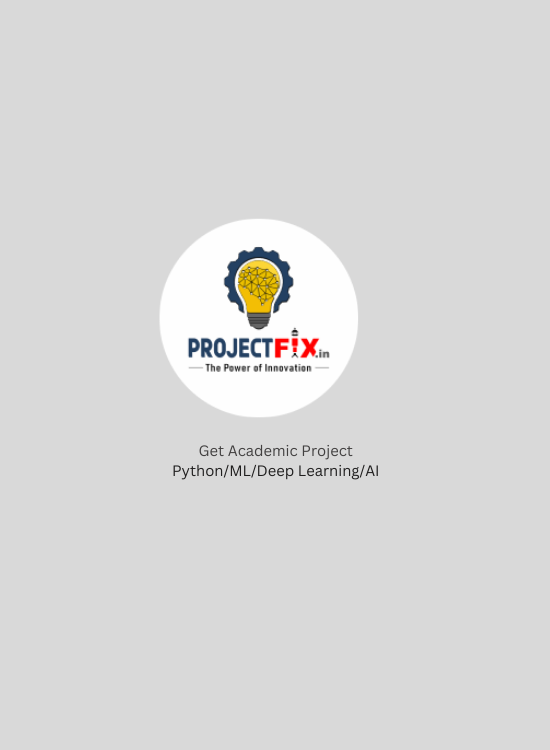Overview
A comprehensive academic project on heart disease prediction using hybrid machine learning techniques would typically involve the following steps and components:
Dataset Selection and Preprocessing:
- Identify and acquire a suitable dataset containing relevant features such as patient demographics, medical history, symptoms, and diagnostic test results (e.g., cholesterol levels, ECG readings).
- Clean the dataset by handling missing values, outliers, and encoding categorical variables.
Feature Engineering and Selection:
- Conduct exploratory data analysis (EDA) to gain insights into the dataset.
- Engineer new features if necessary and select the most relevant features using techniques like correlation analysis, feature importance ranking, or domain knowledge.
Model Development:
- Design a hybrid machine learning model that combines different algorithms to leverage their strengths and improve predictive performance.
- Example techniques include:
- Ensemble Learning: Combine predictions from multiple models such as decision trees (e.g., Random Forest), boosting algorithms (e.g., XGBoost), and bagging techniques (e.g., AdaBoost).
- Deep Learning: Utilize neural networks (e.g., feedforward neural networks, convolutional neural networks) for learning complex patterns in the data.
- Rule-based Systems: Incorporate expert knowledge or medical guidelines into the model using rules or logical conditions to enhance interpretability.
Model Training and Evaluation:
- Split the dataset into training, validation, and test sets.
- Train the hybrid models on the training set, optimize hyperparameters using techniques like grid search or Bayesian optimization, and validate performance using cross-validation.
- Evaluate models based on metrics such as accuracy, precision, recall, F1-score, and area under the ROC curve (AUC-ROC).
Results Interpretation and Visualization:
- Interpret the results to understand the predictive factors contributing to heart disease.
- Visualize model predictions, feature importance, and evaluation metrics using graphs, charts, and tables.
Deployment and Integration:
- Deploy the trained model into a user-friendly interface or application that allows healthcare professionals to input patient data and obtain predictions.
- Ensure scalability, efficiency, and security in deployment.
Documentation and Reporting:
- Document the entire process, including data preprocessing steps, model development, training, evaluation, and deployment details.
- Write a comprehensive report summarizing the project objectives, methodology, findings, and conclusions.
Validation and Future Work:
- Validate the model with new datasets or real-world data to assess its generalization capability.
- Discuss potential avenues for future research and improvements, such as incorporating additional data sources or exploring advanced machine learning techniques.
By following these steps, an academic project on heart disease prediction using hybrid machine learning techniques can contribute to advancing healthcare by providing accurate and efficient tools for early diagnosis and risk assessment.


